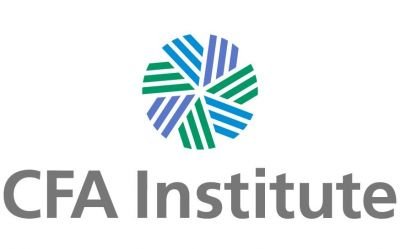 Relationship Summary
Relationship Summary
Introduction
We are T2 Asset Management, LLC, an investment adviser registered with the Securities and Exchange Commission. Investment advisory and brokerage services and fees differ, and you need to understand the differences.
Free and simple tools are available to research firms and financial professionals at Investor.gov/CRS, which also provides educational materials about broker-dealers, investment advisers, and investing. Our firm and financial professionals’ registration information is also publicly available on the Investor.gov website.
You can find additional information about our investment advisory services at Investor.gov/CRS. You may also request a printed copy of this Relationship Summary by contacting us at 888-354-8499 or via email at [email protected].
Download the Relationship Summary here.
Our quarterly fees are calculated as a percentage of the assets under our management, so our fees will rise and fall with the value of the assets we manage for you. As a result, we are economically incented to recommend that you place more assets in your account in order to increase the value of your portfolio, because as the value increases, so do our fees.
In addition to our fees, you will be charged transaction or asset-based fees by your custodian for its services. These fees vary depending on the custodian. Under a transaction fee arrangement, the more transactions effected in your account, the more fees you will pay, and high activity in your account does not assure positive portfolio performance. For custodians that charge their fees based upon a percentage of your assets, such fees may be more than would be the case if you are charged a transaction-based fee. Please be mindful of the effect of your portfolio size, the level of activity, and the rate of custodian asset-based pricing. Generally, large portfolios would be disadvantaged by paying an asset-based custodian fee versus a transaction-based fee. In addition to advisory and transaction fees, there are
additional fees such as postage and handling, transfer taxes, SEC fees for sales of securities, and similar fees. These additional fees are not material, but like advisory fees and custodian fees, they do have an adverse impact on the value of your portfolio over time. You can find more information about our fees and costs under Item 5 of our Disclosure Brochure, available at Investor.gov/CRS.
We charge asset-based fees, so our fees are calculated as a percentage of the value of your portfolio we manage. For example, a $10,000 investment at a 1% annual fee results in an annual deduction of $100 from your portfolio (meaning only $9,900 ends up invested). This means that it will take longer for you to realize positive returns than if no fees were charged. In this example, if you generated a 3% return, your net return would be 2%. Assuming nothing changes, it could take 18 months to realize a $300 return on your $10,000 investment.
You will pay fees and costs whether you make or lose money on your investments. Fees and costs will reduce any amount of money you make on your investments over time. Please make sure you understand what fees and costs you are paying.
When we act as your investment adviser, we have to act in your best interest and not put our interests ahead of yours. At the same time, the way we make money creates some conflicts of interest. You should understand and ask us about these conflicts because they can affect the investment advice we provide. Here are examples to help you understand what this means.
- The manager of T2 Asset Management controls and provides services to an affiliate investment adviser, Asbury Investment Management, which provides asset management services to T2 Asset Management’s clients.
- Certain T2 Asset Management professionals are (i) licensed to sell insurance, and (ii) registered with Purshe Kaplan & Sterling Investments, a FINRA-registered broker-dealer, both of which create conflicts of interest regarding compensation.
Conflicts of interest can incentivize us to put our interests ahead of yours. We manage these conflicts through disclosures and employing supervision procedures to ensure our financial advisors are acting in your best interest. If your financial advisor has outside business activities, it will be disclosed in their Brochure Supplement. Please see Items 10, 11, and 14 of our Disclosure Brochure as well as your financial advisor’s Brochure Supplement for additional information about conflicts of interest.
Our financial advisors are paid a salary and bonus. As a result, we are incentivized to recommend that you add additional assets to your account.




